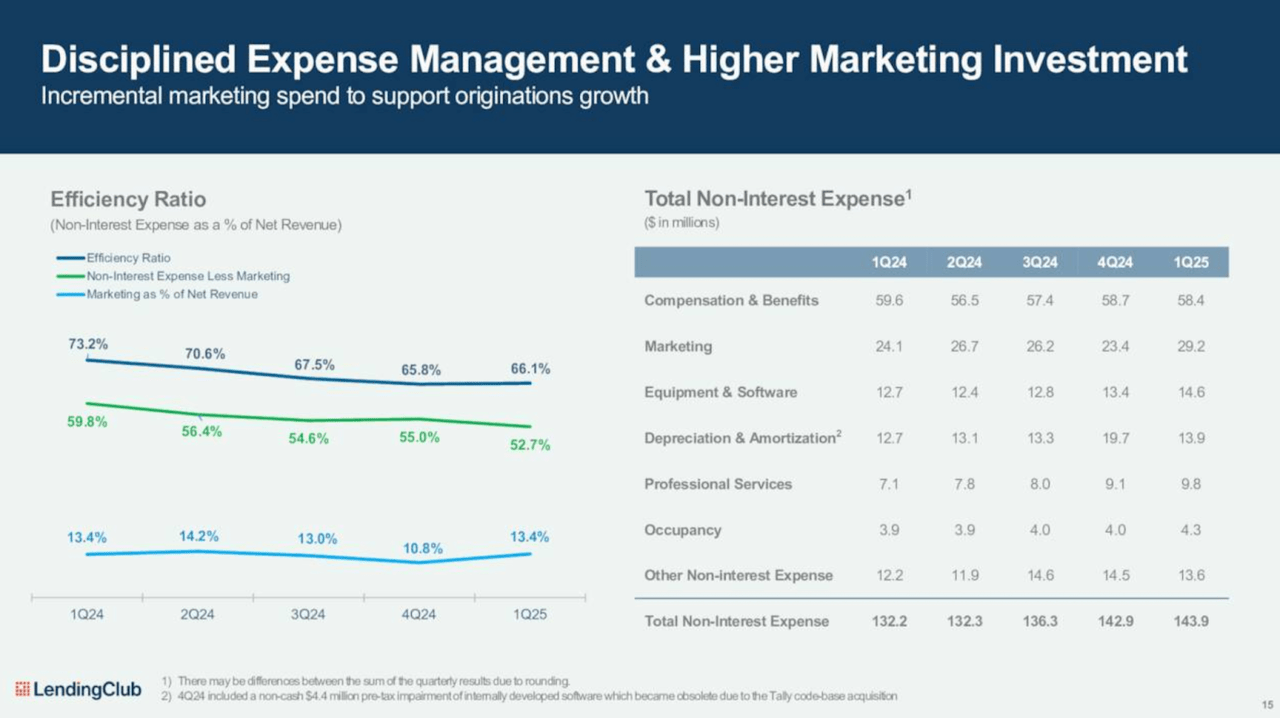Nuclear Power Push: Australia Can Learn from India's Strategy for Affordable Energy

The Indian government's focus on attracting private investment into nuclear projects is a key differentiator. Traditionally, nuclear power has been seen as a domain solely for government-led initiatives, burdened by high upfront costs and complex regulatory hurdles. However, Mishra's comments suggest a shift towards a more collaborative model, where private sector expertise and capital can accelerate development and reduce financial risk.
The Funding Challenge: Why Low-Cost Finance is Critical
Securing affordable financing is arguably the biggest obstacle to nuclear project development globally. The substantial capital expenditure required, coupled with long construction timelines, creates a significant barrier to entry. High interest rates can quickly erode the economic benefits of a nuclear power plant, making it uncompetitive with other energy sources. Mishra's emphasis on low-cost finance underscores the need for innovative funding mechanisms, potentially including government guarantees, concessional loans, and public-private partnerships.
Private Sector Expertise: Beyond Just Capital
The private sector brings more to the table than just funding. Their involvement can streamline project management, leverage advanced technologies, and improve operational efficiency. Private companies often possess specialized expertise in areas such as engineering, procurement, and construction (EPC), which can significantly reduce project timelines and costs. Furthermore, a competitive private sector can drive innovation and improve the overall quality of nuclear power plants.
Australia's Opportunity: Lessons from India
Australia is actively exploring nuclear energy as a potential solution to its energy security and decarbonization challenges. While the regulatory landscape and public perception differ from India, the core principles of low-cost finance and private sector engagement remain universally applicable. Australia could benefit from examining India's approach, adapting it to its own context and leveraging its own strengths in areas like resource extraction and engineering.
Key Considerations for Australia:
- Regulatory Framework: A clear and predictable regulatory framework is essential to attract private investment. This includes streamlined licensing processes and transparent safety standards.
- Public Engagement: Addressing public concerns about nuclear safety and waste disposal is crucial for building public support.
- Supply Chain Development: Building a robust domestic supply chain for nuclear components and services will reduce costs and enhance energy independence.
In conclusion, P.K. Mishra's insights offer valuable lessons for Australia as it navigates the complexities of nuclear energy development. By embracing a model that prioritizes low-cost finance and actively engages the private sector, Australia can unlock the potential of nuclear power to contribute to a cleaner, more secure, and affordable energy future.






